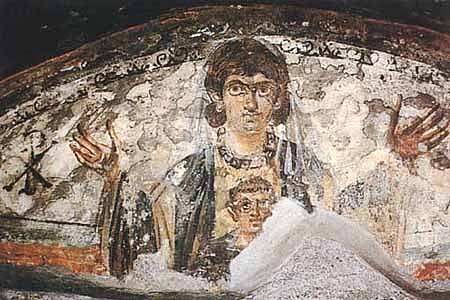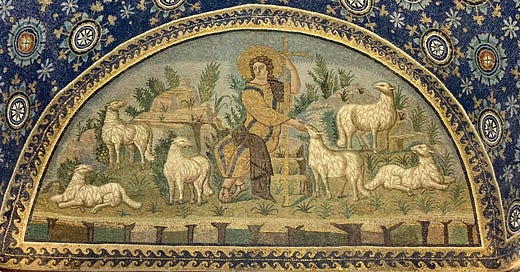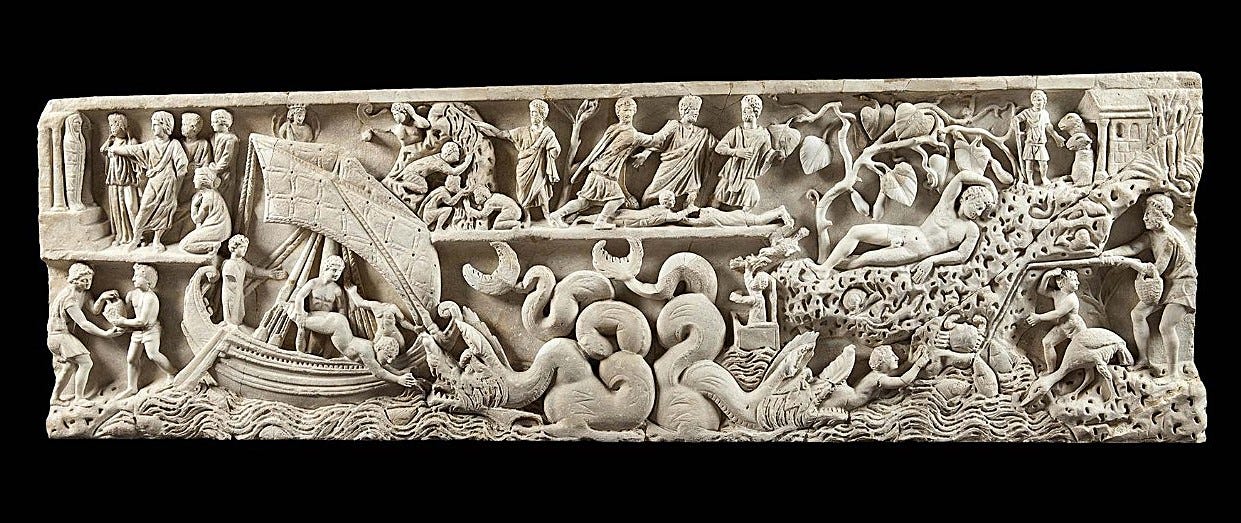Out of the shadows and into the light of the empire

We’re back to imperial Rome today, to look at the crucial period where Christianity stood on the edge of legalisation across the empire.
By 300 AD, Christian communities were present in a significant number of Roman cities. The exact number is difficult to determine, but it is estimated that there were Christians in at least 20% of Roman towns and settlements. Christianity had already begun to weave itself into the fabric of Roman society, transcending its humble origins. What began as a faith among slaves, artisans, and the lower classes had, by sheer perseverance and the compelling power of its message, reached the highest echelons of Roman life in the ruling senatorial class.
In today’s post for paid subscribers, we continue our exploration of how early Christian art and architecture emerged from the shadows of persecution into the public sphere. Starting with the typological symbolism of the Jonah Sarcophagus, we’ll trace the transition from the hidden, symbolic art of the catacombs to the grandeur of basilicas and public mosaics. We’ll look at how these early Christians transformed imperial Roman forms into sacred expressions of their faith, creating a visual and theological language that was to be carried forward to generations of believers to come.
At the Sacred Images Project we talk about Christian life, thought, history and culture through the lens of the first 1200 years of sacred art. The publication is supported by subscriptions, so apart from plugging my shop, there is no advertising or pop-ups. It’s my full time job, but it’s still not bringing a full time income, so I can’t yet provide all the things I want to and am planning for.
You can subscribe for free to get one and a half posts a week.
For $9/month you also get the second half of the third post, plus a weekly paywalled in-depth article on our great sacred patrimony. There are also occasional extras like downloadable exclusive high resolution printable images, ebooks, mini-courses, videos and eventually podcasts.
Something nice for Epiphanytide: at the Met, I found this gorgeous painting by Bartolo di Fredi, a successor (after the Black Death) to the great Sienese masters Duccio di Buoninsegna and Simone Martini, and have created a standing masonite panel print from it.
I think it would make an elegant addition to a prayer corner or mantel.
You can order one here:
Subscribe to join us below:







